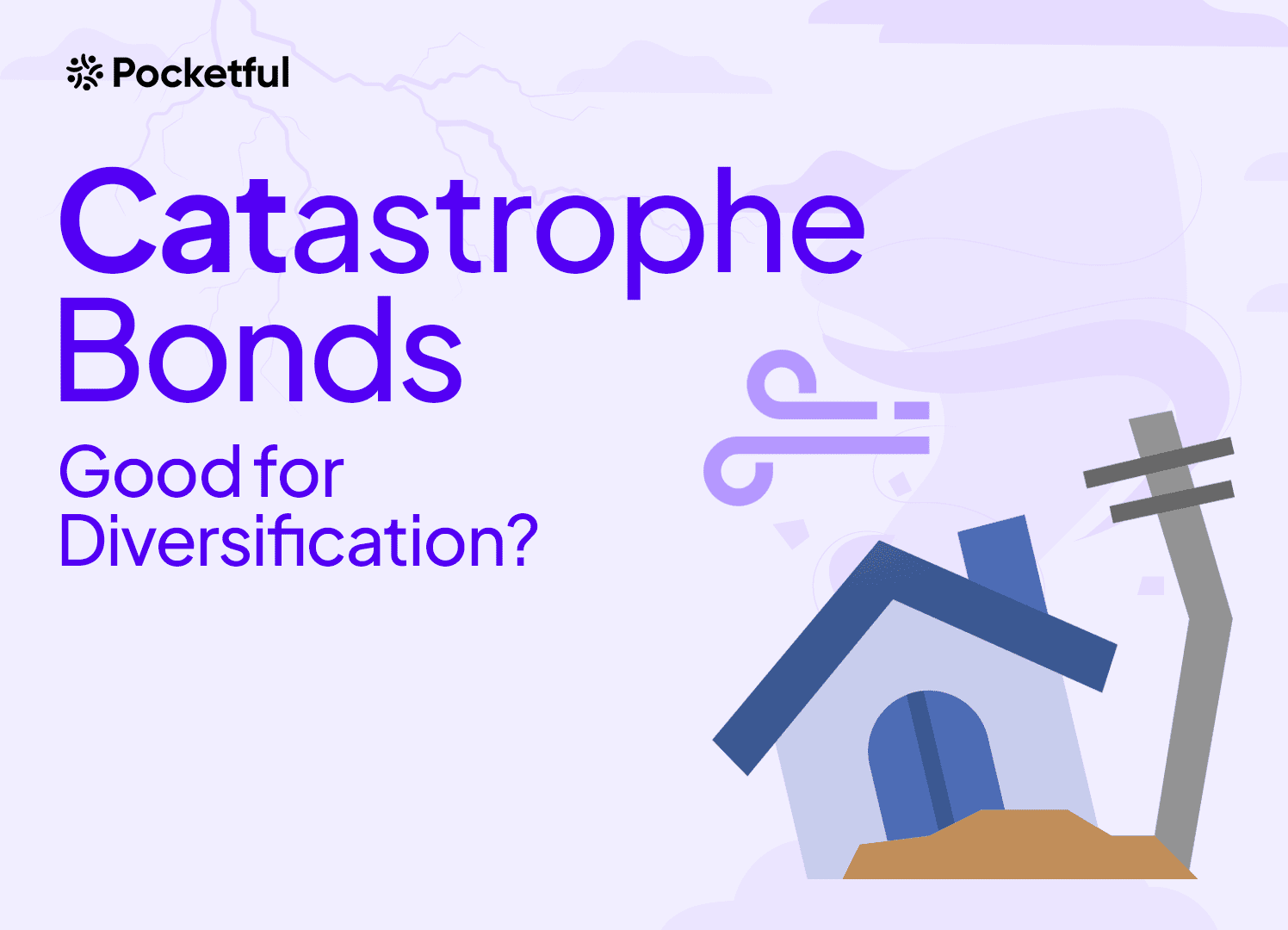| Type | Description | Contributor | Date |
|---|---|---|---|
| Post created | Pocketful Team | Feb-02-24 | |
| Upadate FAQs | Nisha | Feb-18-25 | |
| Upadate FAQs | Nisha | Feb-18-25 | |
| Upadate FAQs | Nisha | Feb-18-25 |
Read Next
- Rakesh Jhunjhunwala Portfolio 2025: Top Holdings & Strategy
- BankBeES vs Bank Nifty – Key Differences
- Current Ratio vs Quick Ratio Key Differences
- Best REIT Stocks in India 2025
- Best Data Center Stocks in India 2025
- Best Rare Earth Stocks in India
- Top 10 investment banks in India
- What Is iNAV in ETFs?
- Best Investment Options in India 2025
- Best Energy ETFs in India 2025
- Radhakishan Damani Portfolio 2025: Stocks & Strategy Insights
- Best SEBI Registered Brokers in India
- Best Air Purifier Stocks in India
- Best Space Sector Stocks in India
- Gold Rate Prediction for Next 5 Years in India (2026–2030)
- Difference Between Equity Share and Preference Share
- Vijay Kedia Portfolio 2025: Latest Holdings, Strategy & Analysis
- Raj Kumar Lohia Portfolio 2025: Holdings, Strategy & Analysis
- How to Earn Passive Income Through Dividend-Paying Stocks in India
- Top 10 Richest Investors in the World 2025 – Net Worth, Key Investments & Strategies
- Blog
- cat bonds an easy explainer
CAT Bonds: An Easy Explainer

CAT is an animal right or Common Admission Test; this is what you have heard till now. Now, there is some twist in the plot. We also have bonds that are known as CAT Bond, financial instrument offering investors high returns and helping society prepare for the worst.
Don’t be shocked, in our today’s blog, we will explain what CAT bonds are.
History of CAT Bonds

Have you ever wondered how do insurers manage their risks? Suppose, a natural disaster came which caused massive destruction. To compensate the claimants for the damage, insurance companies have to shell out a lot of funds; by this, insurance companies can even go bankrupt. So, to manage this risk they have their risk management in place, right?
Before the invention of CAT Bonds, the insurers used the traditional method of re-insurance to manage such catastrophic risks. Re-insurance involves transferring a part of the risk to another insurance company. This process is also known as “Risk Transfer”. However, as the frequency of natural disasters increased, reinsurance became insufficient.
In the year 1992, Hurricane Andrew, a category 5 hurricane, struck Florida and caused widespread destruction. The insurance industry faced severe and staggering losses, which eventually highlighted the need to re-evaluate risk management practices.
In the aftermath of Hurricane Andrew, the first catastrophe bond was issued in the year 1997 named “Tempest Re”.
The year 2005 Hurricane Katrina marked a turning point and was one of the costliest disasters in the history of the United States and the CAT Bonds came to the rescue since these bonds performed the way they were meant to. The event spurred the growth and significance of CAT Bonds in the market and insurers started seeking CAT Bonds as alternative risk-transfer solutions.
The CAT Bonds market has consistently evolved since Hurricane Katrina, and today these bonds cover diverse risks.
CAT Bonds – An Overview
The word ‘CAT’ is derived from the word Catastrophe, which refers to an event that causes great suffering or damage.
CAT Bonds or Catastrophe bonds are a type of insurance-linked security (ILS) that transfers specific risks from an insurance company to investors. They are a debt financial instrument that allows the insurers to manage their exposure to natural disasters such as earthquakes, floods, wildfires, etc. These bonds provide a way for these companies to obtain additional financial protection against large-scale and unexpected losses.
Read Also: Electoral Bonds Explained: What Are They and Why Did Supreme Court Ban It?
How do CAT Bonds work?

When an insurance company issues CAT Bonds, they promise to pay interest to investors. If, in any case, a predefined disaster occurs and meets certain criteria, the insurance company does not have to pay back the principal to the investors. Instead, the money is used to cover the losses caused by catastrophes. It is a way for insurance companies to manage their risk and for investors to earn a higher return. Pretty cool! Isn’t it?
The proceeds from issuing CAT Bonds are placed in a collateral account and sometimes may be invested in low-risk instruments such as T-Bills.
The criteria for a catastrophe bond are generally defined in the bond’s terms and conditions (known as ‘Indenture’ in the bonds’ world). These criteria can differ depending on the specific conditions. In the case of a hurricane catastrophe bond, the criteria might include factors like the intensity of the hurricane, the damage caused, etc.
Investors can benefit from the bonds through the interest payments they receive. When investors buy CAT Bonds, they lend money to the issuing insurance company. In return, they receive regular interest payments over the bond’s term, and if no qualifying catastrophe occurs during that period, the investors get back the principal amount at the end of the term. So, investors can generate a return through the interest payments while supporting disaster relief efforts. CAT bonds are a unique way to combine financial investment and social impact.
Did you know?
The World Bank has a cat bond market access facility for member countries.
Risks Involved in CAT Bonds
Investors in CAT bonds face certain risks. One of the major risks is that if a qualifying catastrophe occurs, the investors may not get back their principal amount and the funds would be used to cover the losses caused by the catastrophe. Additionally, the interest payment received may be lower than expected if there are no qualifying catastrophes during the bond’s term. It is always a good idea for investors to carefully evaluate the risks before making any investment.
How are the returns on CAT Bonds calculated?
The returns on CAT Bonds are calculated depending on the interest mentioned in the terms and conditions. Suppose, you invest INR 10,000 in a CAT Bond with a coupon of 5% (read it as interest rate). If no qualifying catastrophe occurs during the bond’s term, you will receive an annual interest of INR 500. (5% of INR 10,000). At the end of the tenure, you would get back your initial investment of INR 10,000.
Benefits of CAT Bonds
- For Insurers, CAT Bonds offer a way for insurers to transfer risk to the capital markets, freeing up their capital to write more insurance. This can help them to improve their risk management and financial stability.
- For Investors, CAT Bonds carry the potential for high returns because they are not so liquid and have a higher risk of default than traditional bonds.
- Further, they also help you to diversify your portfolio because they are not in any way linked with other asset classes.
CAT Bonds in India
While catastrophe bonds are more commonly seen in international markets, including the United States and Europe, they have not gained much traction in India just yet and are still in their nascent stage.
However, there is growing interest in exploring CAT Bonds as a risk-minimising source for the insurance sector in India. It can be an interesting development to keep an eye on in the coming future!
Read Also: Detailed Guide on Bond Investing: Characteristics, Types, and Factors Explained
Conclusion
To wrap it up, CAT Bonds is a complex financial instrument that can be a valuable tool for both investors and insurers since it bridges the gap between risk management in the insurance industry and capital market opportunities.
Challenges like climate change and other natural uncertainties exist, but consistent innovation, interest of the investor and supportive frameworks hold promise for future growth.
Considering the high-risk profile of CAT Bonds, it is suggested that you do thorough research and seek professional advice before investing in it.
Frequently Asked Questions (FAQs)
Why do CAT Bonds exist?
CAT Bonds exist because they help insurers manage risk and avoid financial instability caused by natural disasters. And for investors, they get higher returns.
Are CAT Bonds risky?
Yes! Cat bonds are riskier than traditional bonds, and investors can lose their capital if a trigger event happens.
Are there any ‘exotic’ CAT Bonds covering unusual risks?
CAT Bonds generally focus on natural disasters; some bonds have covered volcanic eruptions and political instability.
Do CAT Bonds always offer high returns?
Not necessarily! Returns of CAT Bonds depend on specific risk profiles and market conditions. Although CAT Bonds returns are fascinating, they can also carry higher risk as compared to traditional bonds.
How liquid are CAT Bonds?
CAT Bonds are comparatively less liquid than Corporate or Government bonds. However, their unique risk profile can attract long-term investors.
Disclaimer
The securities, funds, and strategies discussed in this blog are provided for informational purposes only. They do not represent endorsements or recommendations. Investors should conduct their own research and seek professional advice before making any investment decisions.
Article History
Table of Contents
Toggle